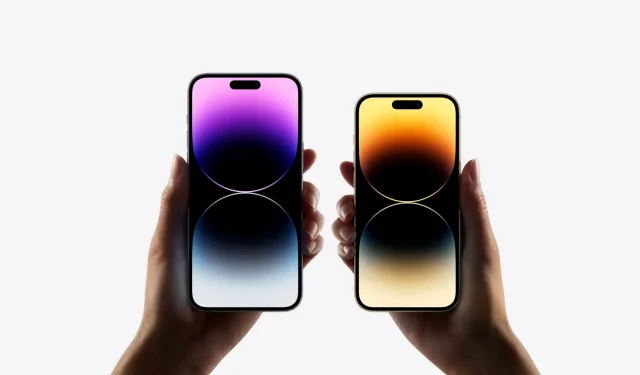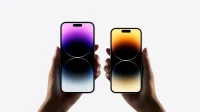The iPhone 15 series is set to be released by Apple at its Wanderlust event, which is scheduled for September 12. While the upcoming iPhone is just at the cusp of release, rumors of the next iPhone – iPhone 16 have started surfacing.
According to the latest rumor, the iPhone 16 series could arrive with a brighter screen and extended battery life, thanks to the application of micro lens in OLED displays. The Elec reports that major Apple display suppliers – Samsung and LG have proposed to Apple that adding micro lens array (MLA) in the display could improve brightness and battery.
However, Apple has yet to make a decision on it.
Micro lens array shortcomings
While micro lens brings advantages, there is a major downside to its application – reduced viewing angles.
Here’s what The Elec writes, “Samsung Display and LG Display proposed to Apple how to apply micro lens to iPhone OLED. By applying a microlens, light extraction efficiency can be increased because it collects light. However, if the linearity of light is strengthened, the viewing angle is narrowed. A final decision from Apple has yet to be made.”
The MLA technology uses micro lens to turn the path of light, thus increasing the light extraction efficiency. As light extraction efficiency is increased using MLA, it reduces power consumption. Since light is straightened to increase the luminance, viewing angles become narrower.
Narrow viewing angles are not the only disadvantage of micro lens arrays. The technology also comes with an increased cost of application.
Samsung & LG’s experience in MLA technology
Apple is said to be waiting for the two companies to perfect the technology in their own displays. Samsung already uses MLA technology in its flagship S series Ultra models and also supplies some MLA displays to Vivo in China. The first Samsung smartphone to feature MLA technology was Samsung Galaxy Note 20 Ultra, which was released in 2020. Where there are only a handful of Samsung smartphones to have the new technology, Samsung has acquired experience in applying MLA to OLED displays in high-end smartphones
LG, on the other hand, has been applying MLA to large white (W)-OLED for TVs but has yet to test the tech on small or medium OLED displays. There is a difference between W-OLED and general small and medium-sized OLEDs and applying MLA to the latter could be a tricky task.
It is known that Apple is not satisfied with the quality of OLEDs offered by the two display suppliers. The tech giant has requested the proposal making companies to improve the efficiency of OLED sets while it will take the decision on MLA displays.


